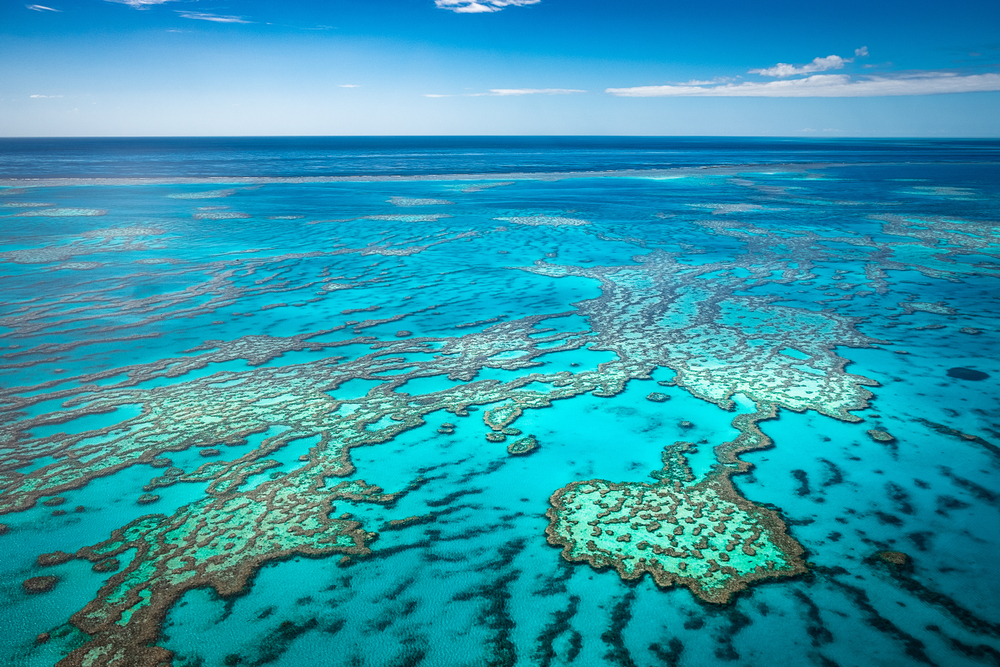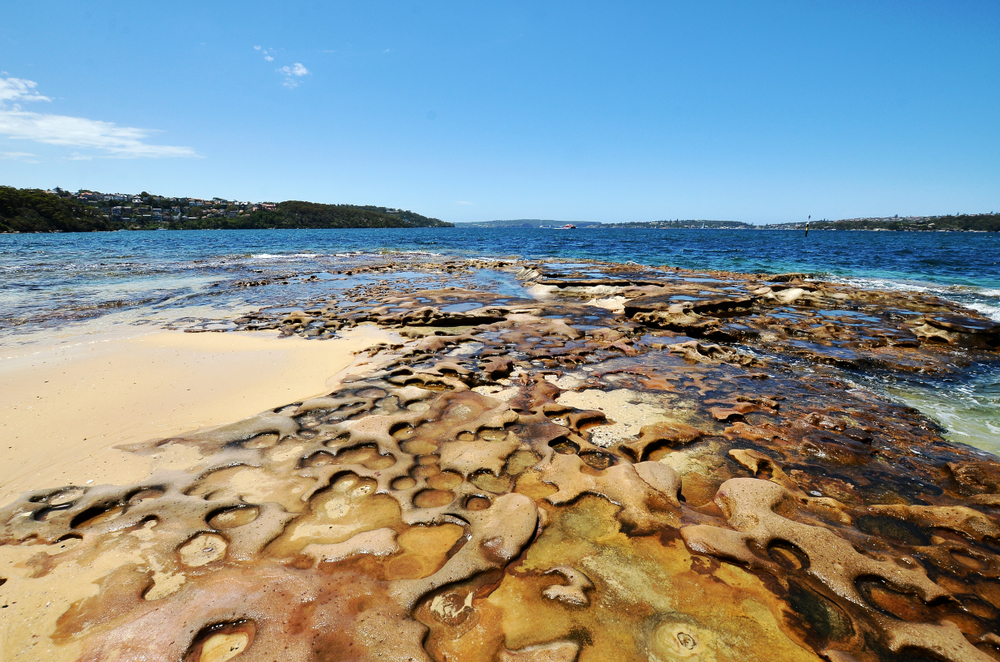Sydney Harbour Overview
Sydney Harbour National Park, situated in New South Wales, Australia, is a unique and picturesque protected area that encompasses parts of Sydney Harbour’s foreshore and various islands within the harbor itself. Established in 1975, the park covers an area of approximately 3.93 square kilometers (about 1.52 square miles), making it one of the smallest yet most diverse national parks in Australia. Despite its compact size, Sydney Harbour National Park plays a crucial role in preserving the natural and cultural heritage of one of the world’s most famous harbors.
The park is renowned for its stunning landscapes, which include rugged cliffs, secluded beaches, scenic bushland, and panoramic viewpoints of Sydney Harbour, the Sydney Opera House, and the Sydney Harbour Bridge. Its diverse ecosystems support a variety of plant and animal species, including native birds, reptiles, and marine life. The park’s islands and foreshore areas are also home to significant historical and cultural sites, ranging from Aboriginal rock engravings to colonial-era fortifications.
Sydney Harbour National Park offers a wide range of recreational activities for visitors. Its network of walking trails and lookouts provides opportunities for hiking, birdwatching, and photography, while its beaches and islands offer peaceful retreats away from the city’s bustle. The park’s historical sites, including Fort Denison, Q Station, and the Georges Head Battery, offer insights into Sydney’s past, with guided tours available to explore these areas further.
The park’s conservation efforts focus on protecting its natural landscapes and biodiversity, as well as preserving the historical sites within its boundaries. Sydney Harbour National Park serves as a green oasis in the heart of the city, offering locals and tourists alike a chance to experience Sydney’s natural beauty and historical significance in an accessible and engaging way.





















































































